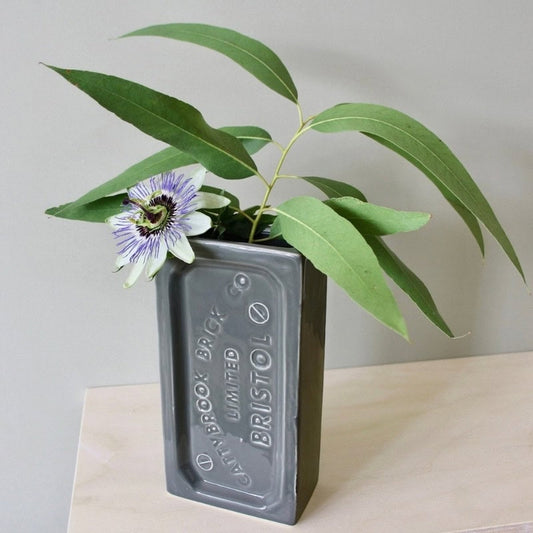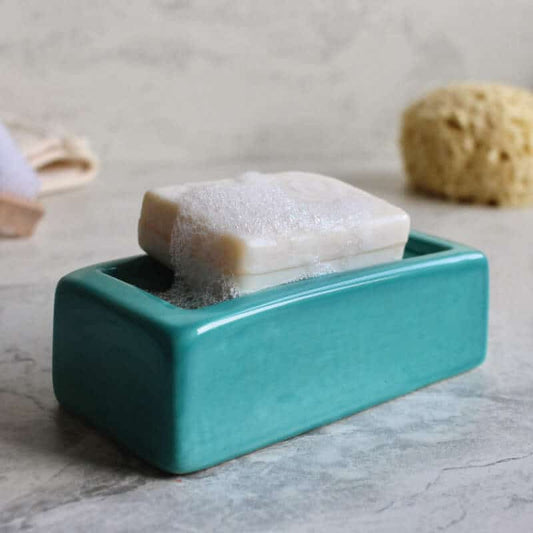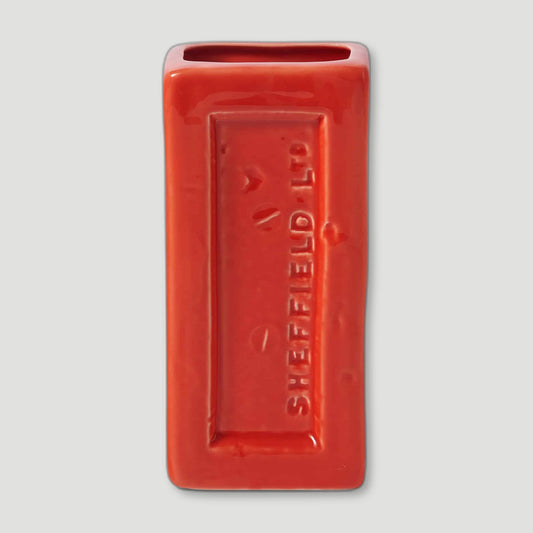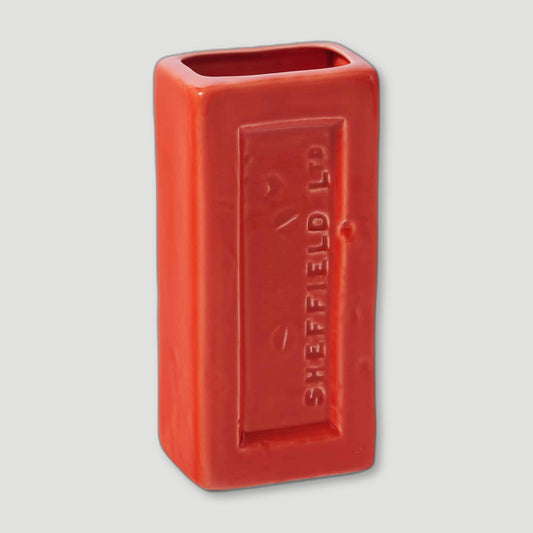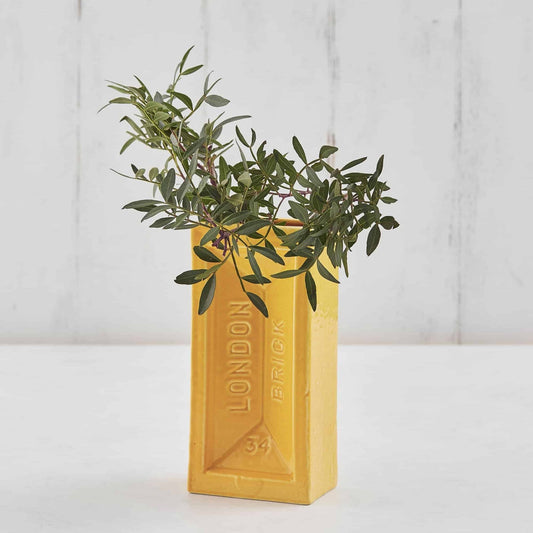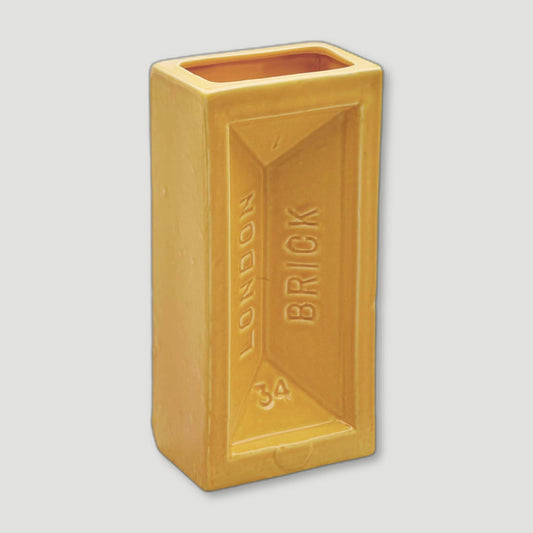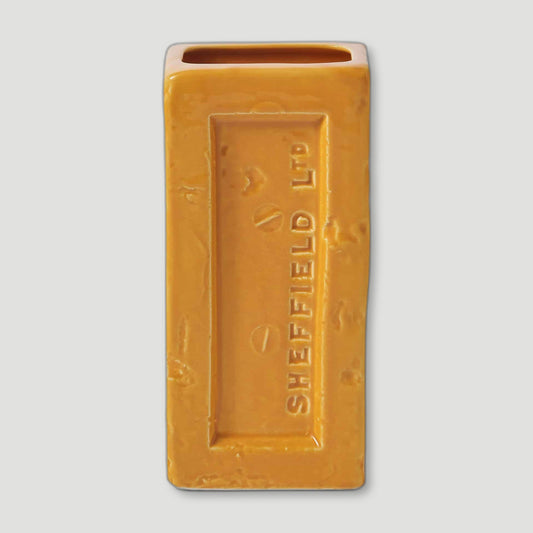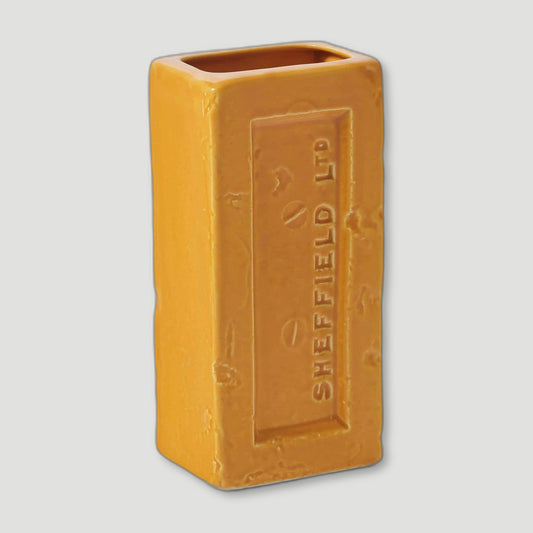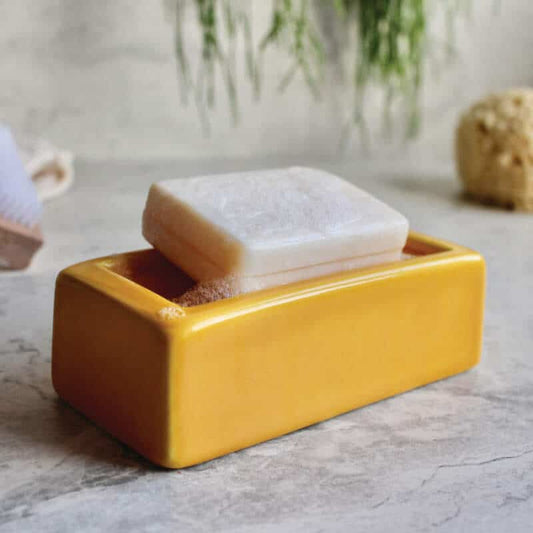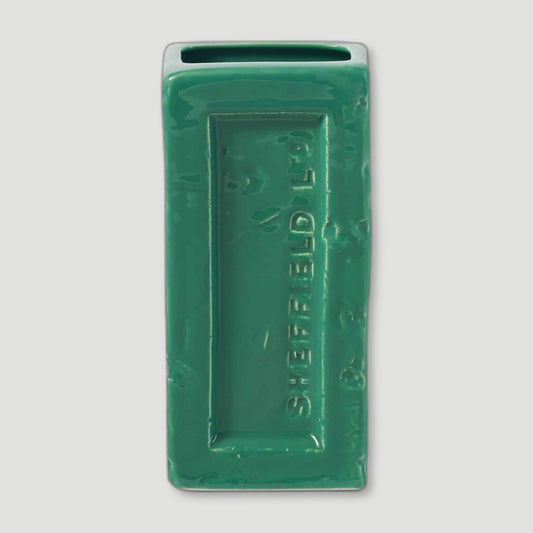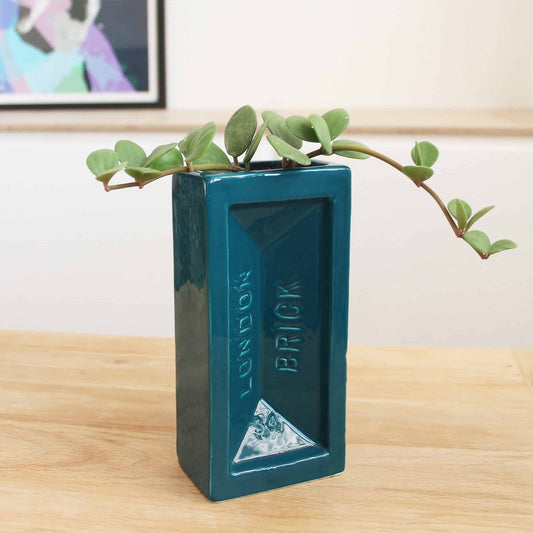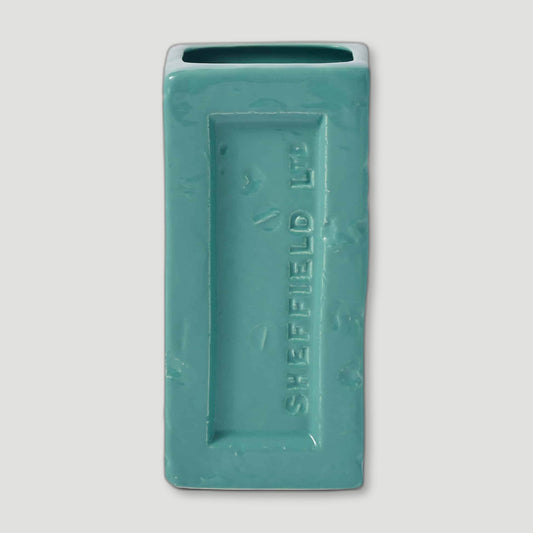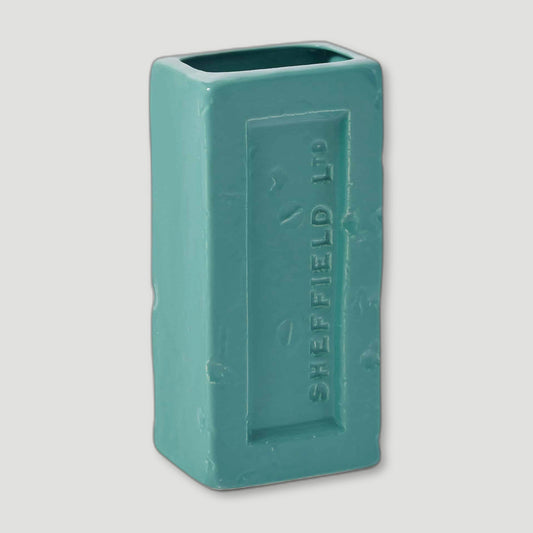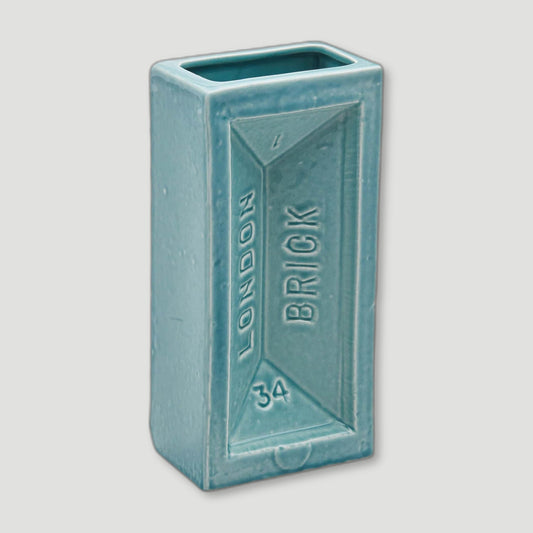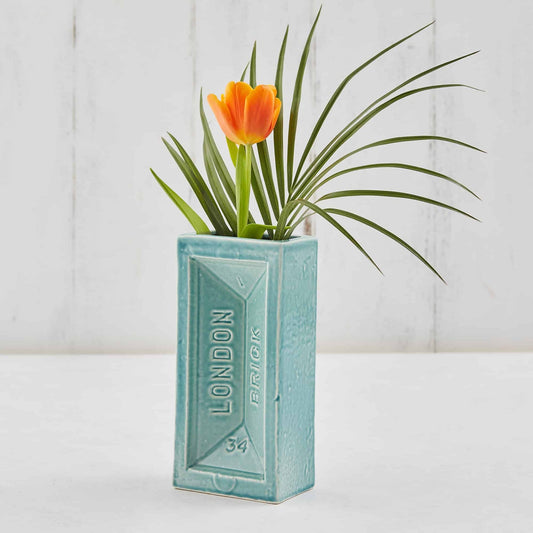
Britain Calling - History the Red Telephone Box
Share
Go into many a kitchen around the world and on the fridge will be a kitsch magnet or postcard of a red telephone box. For decades, this has been the symbol of London and in fact the whole of Great Britain. A glorious red, iron beacon of tradition. A symbol of communication and of manufacturing prowess. An analogy of the empire, perhaps. A design icon.
When Was the First British Telephone Box Created?
The original telephone box, the K1 or Kiosk No1, first appeared on British streets in May 1921. And there are only 2 left on our streets; one on Trinity Square, Kingston upon Hull and the other in Bembridge on the Isle of Wight. They are Grade II listed by Historic England.
Who Designed the Iconic Red Telephone Box?
But the iconic red telephone box that is recognised the world over was initially designed by Giles Gilbert Scott after winning a design competition in 1924. The K2 (as it is officially called) was already destined for a timely demise. Maybe because he modelled it on Sir John Sloane's 1815 mausoleum for his deceased wife.
Where Was the First Red Telephone Box Installed?
The K2 was only ever designed to be used in London. It first stood tall like a Queen's Guard, stable and immovable on the streets of London in 1926. The main problem was that the cost of making them was prohibitive for use across the country (nothing seems to change there). So, the post office commissioned Scott to design the K6 in 1935, to celebrate the Jubilee of King George V. 19,000 red monoliths were forged in various foundries across Scotland. Giving them some real heart. 'Made from girders' could have been coined for them.
How Did the Red Telephone Box Become a British Icon?
We now think of them as iconic pieces of British street art. (the general public voted them into the top ten of British icons in a competition run by the BBC and the Design Museum in 2006) They weren't always looked on with such affection. When first introduced, the public thought that they were an eyesore. The Currant Red was blotting the landscape, especially in rural Britain. Locals demanded the natural beauty of the area was sacrosanct and so grey boxes ap




